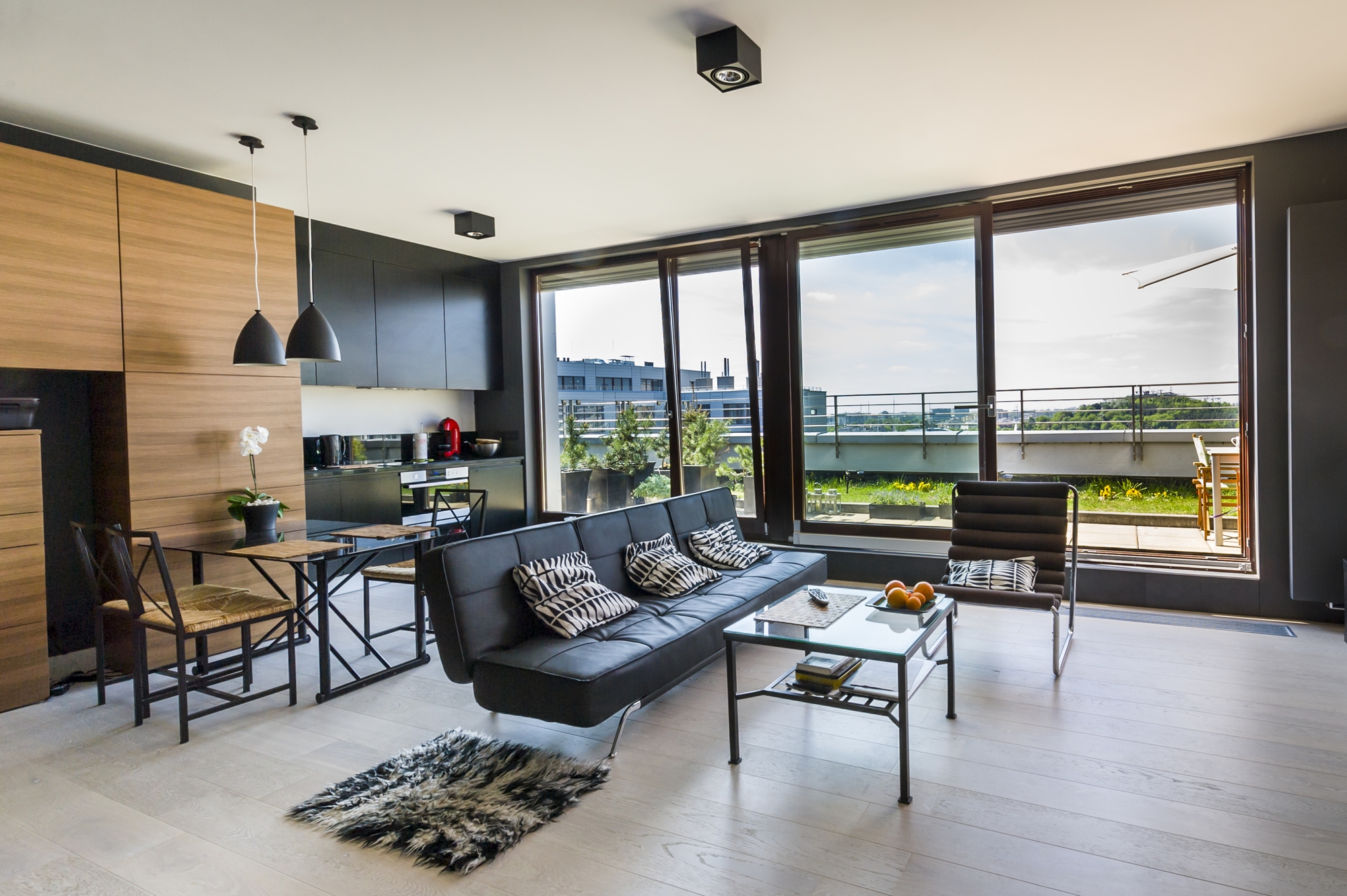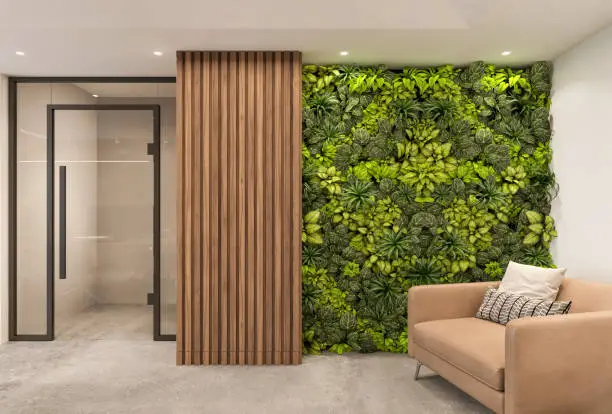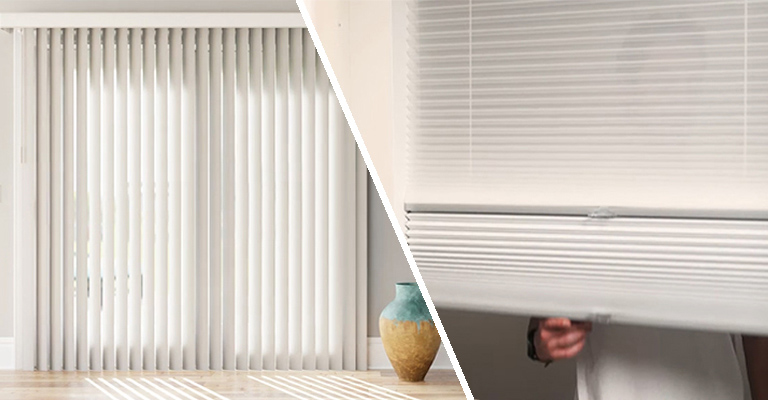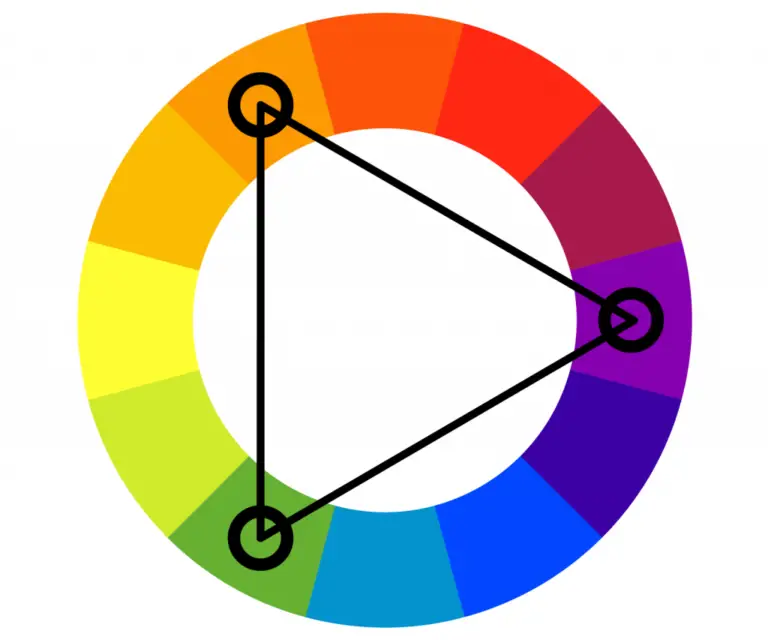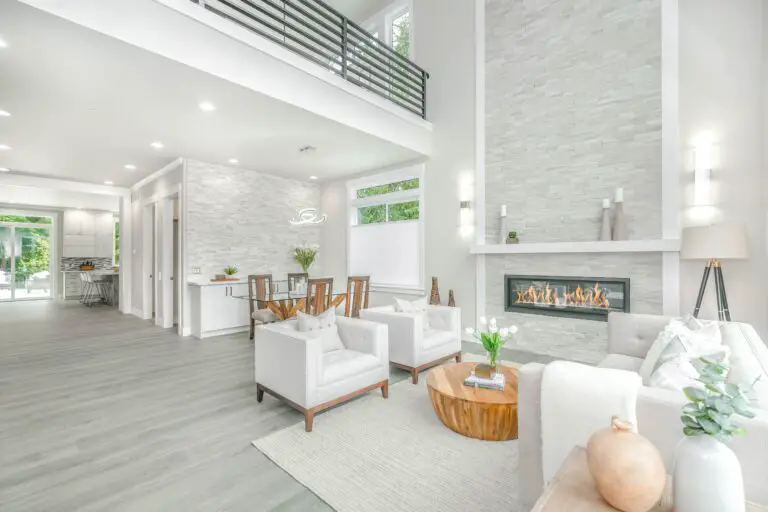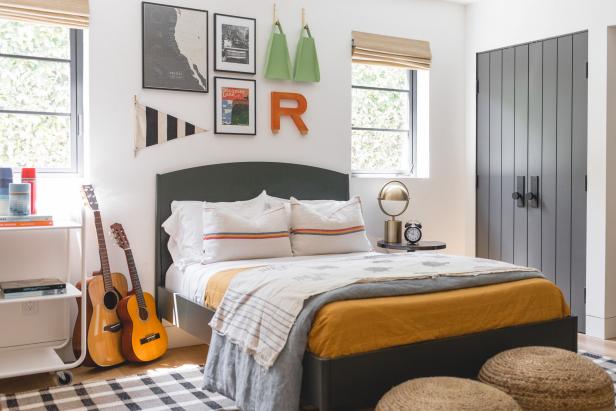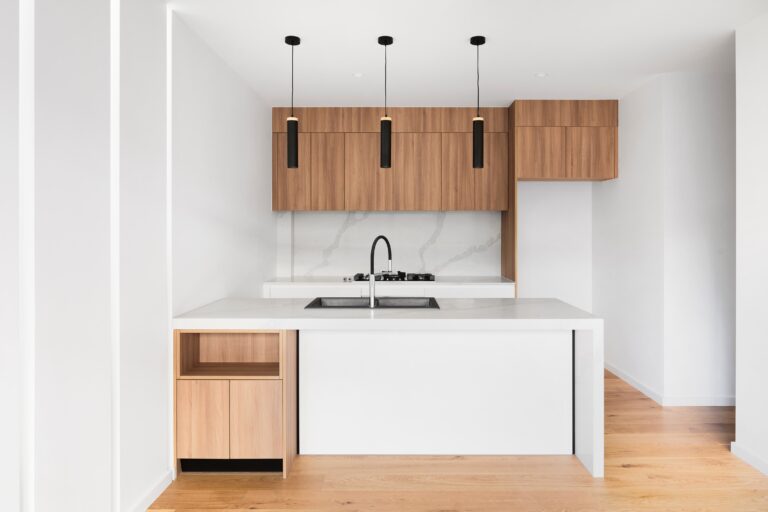Trends in Modern Interior Design: Embracing Minimalism
Interior design is the art and science of creating functional and aesthetically pleasing spaces that reflect the personality, lifestyle, and preferences of the occupants. Interior design trends are influenced by various factors, such as culture, technology, environment, and psychology, and they change over time to adapt to the needs and tastes of the society.
One of the most prominent and popular interior design trends in recent years is minimalism, which is a style that emphasizes simplicity, clarity, and efficiency. Minimalism is not only a design choice, but also a philosophy and a way of living that advocates for reducing excess, clutter, and waste, and focusing on the essential, the meaningful, and the valuable.
In this article, we will explore the concept of minimalism, its origins, its principles, its benefits, and its applications in modern interior design. We will also look at some of the current and emerging trends in minimalist interior design, and how they can help you create a space that is elegant, comfortable, and sustainable.
What is minimalism?
Minimalism is a term that originated in the 1960s, in the context of art, music, and architecture, to describe a movement that rejected ornamentation, complexity, and extravagance, and favored simplicity, purity, and functionality. The minimalist artists, composers, and architects sought to create works that expressed the essence of their subjects, using basic forms, colors, sounds, and materials, and eliminating any unnecessary or distracting elements.
The minimalist aesthetic soon spread to other fields, such as fashion, literature, and design, and became a popular and influential style that challenged the conventional norms and standards of beauty, quality, and value. Minimalism also inspired a lifestyle that embraced the idea of living with less, and finding happiness and fulfillment in the things that matter the most, such as relationships, experiences, and personal growth.
What are the principles of minimalism?
Minimalism is based on a set of principles that guide the design and the decision-making process, and that aim to achieve a balance between form and function, quality and quantity, and aesthetics and ethics. Some of the main principles of minimalism are:
- Less is more. This principle states that the simplest and most efficient solution is often the best one, and that by removing the superfluous and the redundant, we can enhance the beauty and the utility of the remaining elements.
- Form follows function. This principle states that the shape and the appearance of an object or a space should be determined by its purpose and its performance, and that the design should serve the function, not the other way around.
- Quality over quantity. This principle states that the value and the satisfaction of an object or a space depend on its quality, not on its quantity, and that by choosing fewer but better items, we can reduce waste, save resources, and improve our well-being.
- Intentionality and mindfulness. This principle states that every object and every space should have a clear and meaningful reason to exist, and that we should be aware and conscious of the impact and the consequences of our choices and actions.
What are the benefits of minimalism?
Minimalism offers many benefits, not only for the design and the appearance of our spaces, but also for our health, our happiness, and our environment. Some of the benefits of minimalism are:
- It creates a sense of spaciousness and openness. “By eliminating clutter and unnecessary items, we can create more room and more light in our spaces, which can make them feel more airy, bright, and inviting.” Says Mike Johnson, CMO of Great Homeschool Conventions
- It enhances the focus and the functionality. “By reducing the distractions and the noise, we can create a space that is more conducive to concentration, productivity, and creativity, and that allows us to perform our tasks more efficiently and effectively.” Says Says Luke Millard, Owner of BGR Designs
- It improves the mood and the well-being. “By simplifying the design and the color scheme, we can create a space that is more harmonious, relaxing, and calming, and that can help us reduce stress, anxiety, and depression.” Says Edward Reay, Sales Manager at Build Fanatic
- It saves time and money. “By owning and buying less, we can save time and money that we would otherwise spend on cleaning, maintaining, repairing, and replacing our items, and we can use them for more meaningful and rewarding purposes.” Says Andy Fryer, Co-Founder of Easy Signs
- It supports sustainability and social responsibility. “By consuming and wasting less, we can reduce our environmental footprint and our impact on the planet, and we can also contribute to social justice and equality by sharing and donating our excess items to those who need them more.” Says David Floyd, founder of The Pest Informer
How to apply minimalism in modern interior design?
Applying minimalism in modern interior design is not a one-size-fits-all approach, but rather a personal and flexible process that depends on your preferences, goals, and needs. However, there are some general steps and tips that you can follow to create a minimalist space that suits you. Here are some of them:
- Define your purpose and your vision. Before you start designing your space, you should have a clear idea of why you want to embrace minimalism, and what you want to achieve with it. You should also have a vision of how you want your space to look and feel, and what style, mood, and atmosphere you want to create.
- Declutter and organize. The first and most important step in creating a minimalist space is to declutter and organize your items, and to get rid of anything that you don’t need, use, or love. You can use different methods and criteria to declutter, such as the KonMari method, the 80/20 rule, or the one-in-one-out rule. You should also find a place for everything, and keep everything in its place, using storage solutions that are hidden, integrated, or multifunctional. Consider opting for made to measure sliding door to maximize space utilization and add a touch of modern functionality to your storage solutions.
- Choose a neutral and monochromatic color palette. One of the main characteristics of minimalist design is the use of neutral and monochromatic colors, such as white, black, gray, beige, or brown, which can create a sense of simplicity, elegance, and coherence.. You can also add some pops of color, such as blue, green, or yellow, to create some contrast and interest, but you should avoid using too many or too bright colors, which can create visual clutter and confusion.
- Select simple and geometric shapes. Another feature of minimalist design is the use of simple and geometric shapes, such as squares, rectangles, circles, or triangles, which can create a sense of order, harmony, and balance. You should avoid using complex and ornate shapes, such as curves, swirls, or patterns, which can create a sense of chaos and disorder.
- Opt for natural and organic materials. One of the ways to add some warmth and texture to a minimalist space is to “use natural and organic materials, such as wood, stone, metal, glass, or cotton, which can create a sense of comfort, coziness, and authenticity. You should avoid using synthetic and artificial materials, such as plastic, vinyl, or polyester, which can create a sense of coldness, stiffness, and falseness.
- Incorporate some plants and greenery. Another way to add some life and freshness to a minimalist space is to incorporate some plants and greenery, which can create a sense of nature, vitality, and health. “You can use different types and sizes of plants, such as succulents, ferns, or orchids, and place them in different spots, such as on the floor, on the table, or on the wall. You should avoid using fake or dried plants, which can create a sense of death and decay.
- Use minimal and functional furniture and accessories. The last step in creating a minimalist space is to use minimal and functional furniture and accessories, which can create a sense of efficiency and utility. “You should choose furniture and accessories that are essential, versatile, and ergonomic, and that serve a specific purpose and function. You should avoid using furniture and accessories that are excessive, decorative, or impractical, and that only take up space and collect dust.
What are the current and emerging trends in minimalist interior design?
Minimalist interior design is not a static or rigid style, but rather a dynamic and evolving one, that adapts to the changes and challenges of the modern world. Some of the current and emerging trends in minimalist interior design are:
- Biophilic design. This is a trend that incorporates elements of nature and biology into the design, such as plants, animals, water, or sunlight, which can create a sense of connection, well-being, and sustainability.
- Sculptural design. This is a trend that incorporates sculptural and artistic elements into the design, such as sculptures, paintings, or installations, which can create a sense of drama, expression, and personality.
- Matte design. This is a trend that incorporates matte and non-reflective finishes into the design, such as matte paint, metal, or ceramic, which can create a sense of elegance, sophistication, and subtlety. “Matte design can also use muted and earthy colors, such as black, white, gray, or brown, which can create a sense of calmness, serenity, and harmony.
- Smart design. This is a trend that incorporates technology and innovation into the design, such as smart devices, sensors, or apps, which can create a sense of convenience, efficiency, and security. Smart design can also use interactive and adaptive furniture, accessories, and lighting, such as sofas, tables, lamps, or curtains, which can create a sense of flexibility, functionality, and personalization.
Conclusion
In this article, we have explored the concept of minimalism, its origins, its principles, its benefits, and its applications in modern interior design. We have also looked at some of the current and emerging trends in minimalist interior design, such as biophilic design, curvilinear design, sculptural design, matte design, and smart design. Minimalism is a style and a philosophy that embraces simplicity, clarity, and efficiency, and that can help you create a space that is elegant, comfortable, and sustainable. Minimalism is based on a set of principles that guide the design and the decision-making process, and that aim to achieve a balance between form and function, quality and quantity, and aesthetics and ethics.
Minimalism also offers many benefits, not only for the design and the appearance of your space, but also for your health, your happiness, and your environment. By following these tips and trends, you can explore and practice minimalism in your own space, and find your own balance, harmony, and peace.

